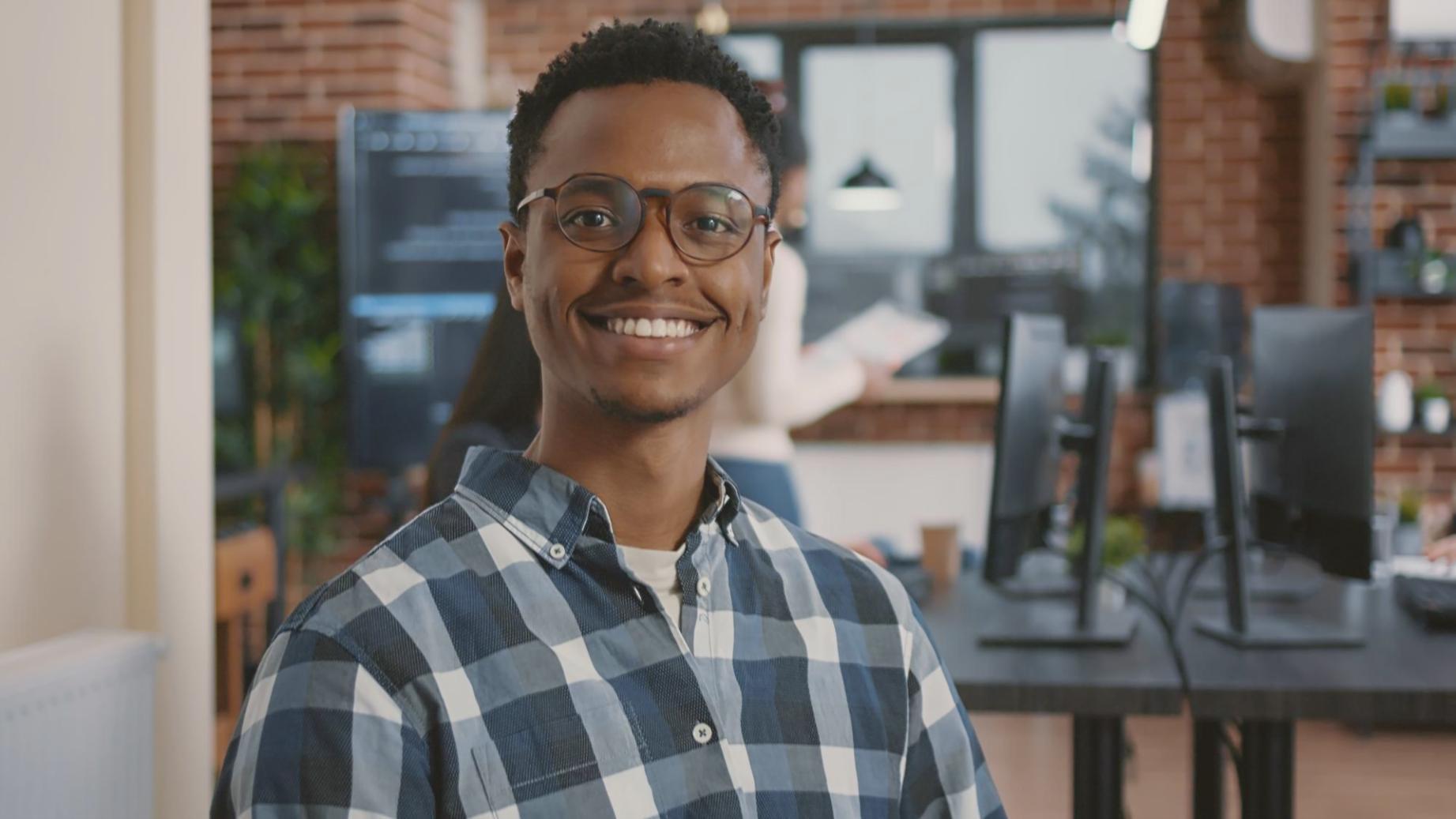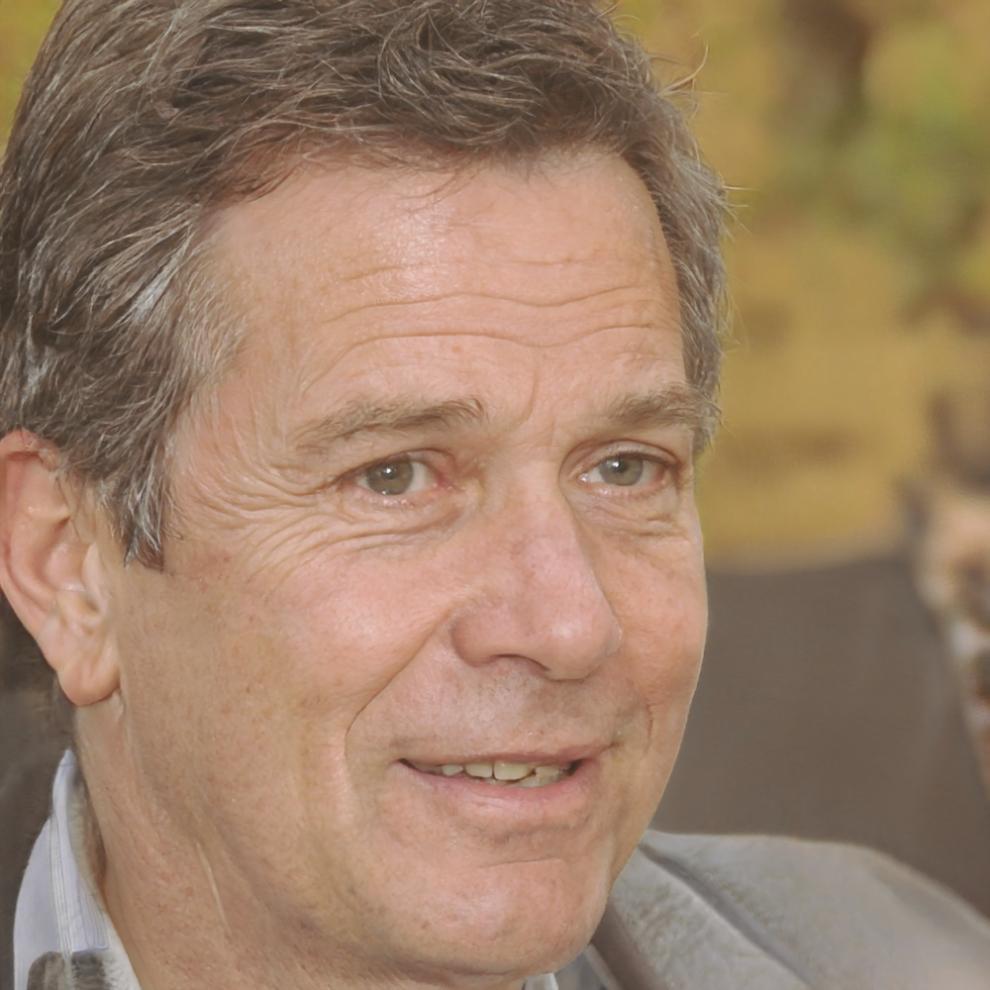We Teach Game Art That Actually Works
Back in 2018, I started teaching because I kept meeting talented artists who couldn't land game dev jobs. Not because they lacked creativity—they just didn't know the technical side that studios actually need.
Seven years later, we're still here. Not because we promise miracles, but because we focus on what matters: building real skills that prepare you for actual production work.
How We Think About Teaching
Most courses dump software tutorials on you and call it education. We take a different route. Our programs are built around what studios expect from junior artists in 2025.
This means you'll spend time on workflow efficiency, not just pretty renders. You'll learn to optimize meshes, understand PBR materials in context, and work with version control systems that teams actually use.
- Production-focused curriculum updated every six months
- Portfolio reviews from working industry professionals
- Direct feedback on technical execution, not just aesthetics
- Real project scenarios with time constraints and limitations

What Drives Our Approach
These aren't corporate values we pulled from a template. They're principles that shape how we structure programs and interact with students.
Technical Honesty
We don't sugarcoat the learning curve. Game art is demanding, and shortcuts usually backfire. Students appreciate knowing what they're actually signing up for.
Realistic Timelines
You can't master environment art in six weeks. Our programs run 8-14 months because that's how long it takes to build a legitimate portfolio with proper mentorship.
Direct Communication
When your UV layout is messy, we say it's messy. When your textures lack detail variation, you'll hear about it. Constructive criticism is how you improve.



The Person Behind the Program
Small team means you work directly with someone who's been in production trenches, not a corporate training department.

Martin Benko
Lead Instructor & Program Director
Eleven years in game development, five years teaching artists who need real skills for real jobs.
Background and Philosophy
I spent my early career at two mid-size studios in Central Europe, working on everything from mobile games to console ports. Mostly environment art and asset optimization work—the unglamorous stuff that makes games actually run.
Teaching started as side mentoring for junior artists at the studio. I noticed a pattern: art school graduates had strong fundamentals but couldn't adapt to production constraints. They'd create beautiful assets that were completely unusable at target poly counts.
Started Righttech Velox in 2018 to bridge that gap. We focus on the 20% of skills that account for 80% of what you'll do as a working game artist. That means less time on fancy renders, more time on workflow optimization and technical problem-solving.
What I Bring to Students
My teaching style is straightforward. I'll point out what needs work and explain how to improve it. No fluff, no motivational speeches. Just practical guidance based on what actually matters in production.
Want to See If Our Approach Fits?
Our next program starts in autumn 2025. Enrollment opens in June. Check the learning program page for curriculum details and what to expect.
View Program Details